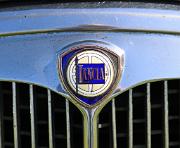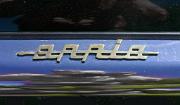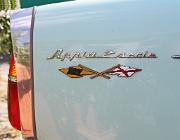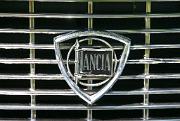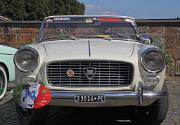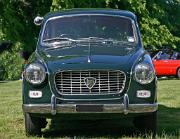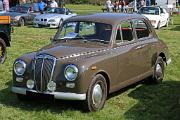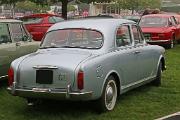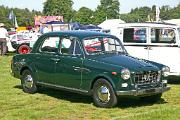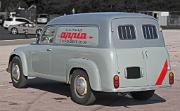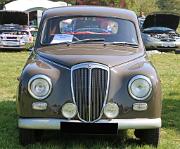
ac Lancia Appia S1 1953 head
Lancia Appia 1953. Lancia pioneered the V4 engine back in 1922, and in 1953 Vittorio Jano designed for the Appia a new 10-degree V4 1,090cc double cam engine which had a single cylinder head.
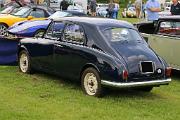
Lancia Appia S1 1955 rear
Lancia Appia Series I 1955. Gianni Lancia designed a 'beetle-back' body for the Series I Appia in 1953, but it was updated with a bigger booted body for the 1956 Series II.
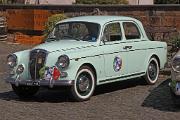
Lancia Appia S2 front
Lancia Appia S2. The Series II Appia was produced from 1953 to 1956, and was given a longer wheelbase and a new '3-box' body instead of the 'beetle-back' design of the Series I. Engine power from the 1089cc V4 engine was increased to 43bhp
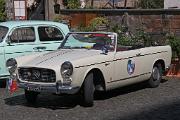
Lancia Appia S2 Spider front
Lancia Appia Spider Series II, with flat waistline, but prior to the boonet intake, built by Carrozzeria Vignale and designed by Giovanni Michelotti.
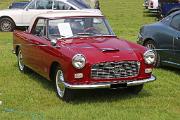
Lancia Appia S3 1959 PF Coupe front
Lancia Appia 1959 S3 PF Coupe. Based on the Lancia Appia with 1,089cc V4 engine driving the front wheels, and given a Pininfarina coupe body. The coachwork was contracted out to Carrozzeria Viotti
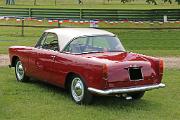
Lancia Appia S3 1959 PF Coupe rear
Lancia Appia 1959 PF Coupe. Designed by Carozzeria Pininfarina
approximately 1,000 Pininfarina Coupes were built on Series II and Series III Appias, many of these contracted out to Carrozzeria Viotti.
approximately 1,000 Pininfarina Coupes were built on Series II and Series III Appias, many of these contracted out to Carrozzeria Viotti.
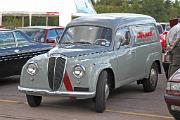
Lancia Appia Van front
Lancia Appia Furgoncino. Based on the series I Appia, this Van (Furgoncino) had the same 1089cc V4 engine driving the rear wheels.
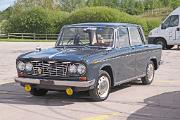
Lancia Fulvia 2C front
Lancia Fulvia 2C with 1098cc V4 engine driving the front wheels. The 2C was launched later in 1963 with revised subframe and twin solex carbs.
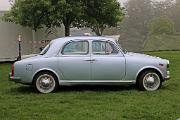
s Lancia Appia S3 side
Lancia Appia Series III 1960 Berlina. Gianni Lancia designed a 'beetle-back' body for the Series I Appia in 1953, but it was updated with a bigger booted body for the 1956 Series II, and with a lower more modern front for the Series III in 1959. The doors are pillarless, giving a single undivided opening when both are open.
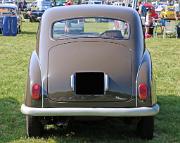
t Lancia Appia 1953 SI tail
Lancia Appia 1953. Series I car with 'aerodynamic' tail. This body style was only to last until 1955 when incoming Antonio Fessia gave the Appia a booted body and increased luggage room.
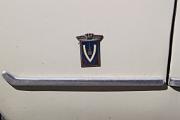
aa Lancia Appia Spider Series II badgev
Carrozzeria Vignale - badge on front wing
All images and content of this site is the copyright of Simon GP Geoghegan
